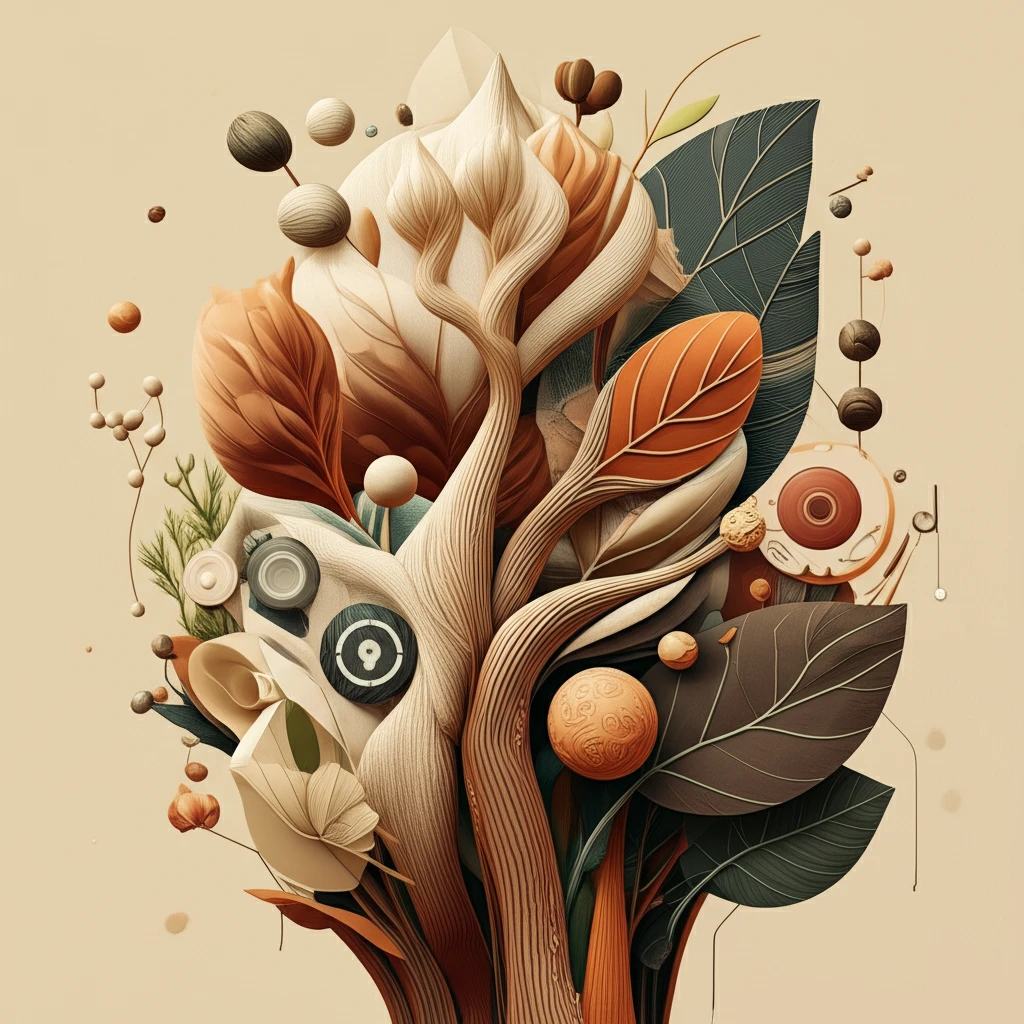Eco-Chic Future: Top 10 Sustainable Fashion Trends to Watch in 2025
Discover the top 10 sustainable fashion trends for 2025, from circular models and bio-based fabrics to digital fashion and fair labor practices. Learn how to embrace eco-chic style.

As we step into 2025, the fashion industry continues its pivotal shift towards sustainability. Consumers are more conscious than ever, demanding transparency, ethical production, and environmentally friendly practices. Sustainable fashion is no longer a niche; it's a movement shaping the future of style. This article explores the top 10 sustainable fashion trends set to dominate in 2025, offering insights, examples, and practical tips for you to integrate eco-consciousness into your wardrobe.
The urgency of climate change and social justice has amplified the demand for a more responsible fashion industry. From material sourcing to manufacturing processes and end-of-life solutions, every stage is under scrutiny. In 2025, sustainable fashion isn't just about 'less harm'; it's about 'more good' – fostering positive social and environmental impact.
Circular fashion moves beyond linear 'take-make-dispose' models. In 2025, the focus intensifies on designing products for longevity, resource efficiency, and eventual recycling or regeneration. This means garments are made to be reused, repaired, remanufactured, and ultimately returned to the biological or technical cycle.
Examples: Brands like Patagonia with their Worn Wear program, or innovative start-ups designing garments with single-fiber compositions for easier recycling. Tips: Look for brands with take-back programs, invest in durable pieces, and learn basic repair skills.
The technology for recycling textiles is rapidly advancing. Expect to see more garments made from post-consumer waste, utilizing innovative chemical and mechanical recycling processes. Upcycling, transforming discarded items into new products, also gains momentum, celebrating unique, one-of-a-kind pieces.
Examples: Materials like Econyl (from fishing nets) or companies like Renewcell turning old clothes into new fibers. Designers creating collections from deadstock fabrics or vintage garments. Tips: Explore brands that use recycled materials, try DIY upcycling projects, or support local artisans who specialize in unique upcycled designs.
Beyond organic cotton, 2025 will see an explosion of innovative bio-based materials derived from plants, fungi, and even algae. Regenerative agriculture, which improves soil health and biodiversity, will also become a key focus for sourcing natural fibers.
Examples: Mushroom leather (Mylo), pineapple leaf fibers (Piñatex), orange silk, and hemp textiles grown using regenerative practices. Tips: Prioritize garments made from certified organic, hemp, linen, or innovative bio-materials. Research how your clothes' raw materials are sourced.
Consumers want to know the journey of their clothes. Blockchain technology and digital product passports will become standard, offering complete visibility from raw material to retail, including labor conditions and environmental impact.
Examples: Brands using QR codes on labels to show the supply chain, or digital platforms mapping entire product lifecycles. Tips: Actively seek out brands that provide detailed information about their supply chain. Don't be afraid to ask questions about a brand's practices.
The shared economy model will continue to flourish. Rental services for special occasions and even everyday wear, alongside robust second-hand marketplaces, will become integral to mainstream fashion consumption, extending garment lifespans.
Examples: Companies like Rent the Runway, Hurr Collective, and platforms like Vestiaire Collective, The RealReal, and Depop. Tips: Embrace renting for events or trying out new styles. Explore online and physical second-hand stores for unique finds and great value.
A backlash against fast fashion's rapid cycles, slow fashion emphasizes quality over quantity, timeless designs, and mindful consumption. This trend encourages investing in well-made, versatile pieces that last for years.
Examples: Capsule wardrobes, artisanal brands focusing on craftsmanship, and designers releasing fewer, more considered collections per year. Tips: Build a capsule wardrobe with versatile, high-quality items. Research brands known for durability and classic designs. Practice mindful shopping.
Beyond environmental concerns, social sustainability will be paramount. Brands will be expected to demonstrate fair wages, safe working conditions, and respect for human rights across their entire supply chain, often verified by third-party certifications.
Examples: Fair Trade certified brands, B Corp certified companies, and those actively publishing their factory lists and audit reports. Tips: Look for certifications like Fair Trade, SA8000, or GOTS. Support brands that openly communicate their labor practices.
Water scarcity is a critical issue. Innovations in dyeing (e.g., air-dye, digital printing, natural dyes) and water-efficient manufacturing processes will gain significant traction to reduce the fashion industry's colossal water footprint.
Examples: Brands utilizing laser technology for denim finishing instead of traditional water-intensive methods, or those pioneering closed-loop water systems in their factories. Tips: Opt for undyed or naturally dyed garments. Support brands committed to reducing water usage in their production.
While physical garments are still central, digital fashion offers a sustainable alternative, reducing physical waste and the need for samples. Virtual try-ons also minimize returns, which contribute to carbon emissions.
Examples: Digital fashion houses creating garments solely for online avatars or virtual reality, and augmented reality apps for trying on clothes at home. Tips: Explore virtual try-on features before purchasing. Consider investing in digital fashion for self-expression in online spaces if that aligns with your interests.
Moving away from disposability, 2025 will see a resurgence of valuing repair and mending. Workshops, repair services, and educational resources will empower consumers to extend the life of their clothes, fostering a sense of craftsmanship and attachment.
Examples: Brands offering in-house repair services, community mending workshops, or online tutorials for visible mending techniques. Tips: Learn basic sewing and mending skills. Utilize professional alteration and repair services. Embrace visible mending as a form of personal expression.
The sustainable fashion landscape in 2025 is dynamic, innovative, and deeply committed to a more responsible future. By embracing these 10 trends – from circular systems and bio-materials to ethical production and a repair culture – both brands and consumers can contribute to a fashion industry that is not only stylish but also kind to our planet and its people. Your choices have power; let's dress for a better world.